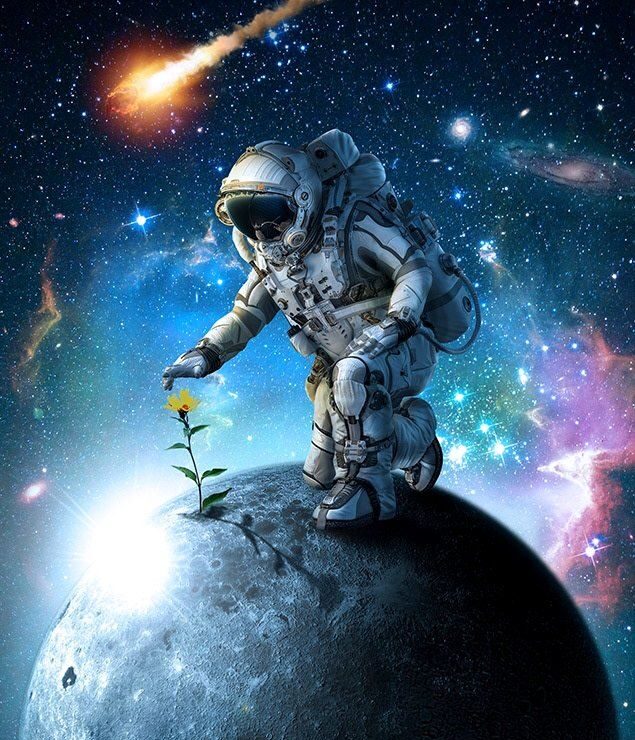“A Century in Shadow: The Great Solar Eclipse of August 2, 2027”

The Truth Behind the Viral Eclipse — And Why 2027 Is the One to Watch
Earlier rumors claimed that August 2, 2025 would plunge the entire Earth into darkness for over six minutes—an eclipse that supposedly wouldn’t happen again for a century. NASA and scientific experts have firmly debunked that claim: there is no total solar eclipse on that day. Instead, the true celestial marvel is scheduled on August 2, 2027, and it promises to be one of the most memorable eclipses for decades to come People.comThe Economic Times+5The Economic Times+5The Times of India+5.
A Rare Alignment: What Makes the August 2, 2027 Eclipse So Special?
Here’s why scientists are calling this one the “Eclipse of the Century”:
- Unusually Long Totality: The maximum duration of total darkness will be 6 minutes and 23 seconds—longer than any total eclipse visible from land since 1991, and the longest until 2114 The Times of IndiaThe Times of India+9Wikipedia+9The Economic Times+9.
- Perfect Celestial Conditions:
- The Moon will be at perigee (closest to Earth), making it appear slightly larger.
- The Earth will be near aphelion (farthest from the Sun), making the Sun appear tiny.
- This combination allows the Moon to fully cover the Sun for an extended period The Economic Times+2People.com+2The Times of India+2Wikipedia+1The Times of India+1.
- Path Across 11 Countries: The narrow path of totality—approximately 160 miles (258 km) wide—will stretch over Spain, Gibraltar, Morocco, Algeria, Tunisia, Libya, Egypt, Sudan, Saudi Arabia, Yemen, and Somalia People.com+10National Eclipse+10Space+10.
Who Will Experience Total Darkness?
If you’re within the path of totality, you’ll witness:
- Daylight turning into twilight, with the sky dimming and stars visible.
- The solar corona glowing around the Moon’s silhouette.
- A rare atmospheric hush, temperature drop, and emotional intensity.
Even locations like Luxor in Egypt will enjoy totality for a full 6 minutes and 22 seconds, making it a premier viewing site for both scientists and spectators Space+2National Eclipse+2The Times of India+2Wikipedia+15tripadvisor.com+15The Times of India+15The Times of IndiaThe Times of India+15cntraveler.com+15Wikipedia+15.
What About India? Partial Visibility Is Possible
Parts of western India may witness a partial eclipse, where the Moon covers just a portion of the Sun. While totality won’t be visible in India, educated enthusiasts can still follow the event safely using:
- Eclipse glasses
- Pinhole projectors
- Proper solar filters on cameras or binoculars Wikipedia+5National Eclipse+5The Economic Times+5.
Why This Eclipse Matters
- Scientific Discoveries: Extended totality allows solar scientists to study the corona’s structure, solar flares, and changes in Earth’s atmospheric conditions in rare detail The Times of India.
- Tourism & Education: Countries in the path are preparing science workshops and eclipse-themed travel packages—especially in Spain’s Cádiz and Saudi Arabia’s Jeddah and Mecca—to host enthusiastic observants The Times of Indiatimeanddate.com.

When and Where to Witness It
- Date: Monday, August 2, 2027
- Totality Path: From the Atlantic Ocean → across Spain and North Africa → through Middle East → ending in Indian Ocean
- Maximum Darkness Region: Near Luxor, Egypt, reaching up to 6 minutes 23 seconds
How to Prepare
- Plan early: Hotels and flights along the path will fill up fast.
- Protect your eyes: Never look at the Sun directly without certified solar viewing glasses.
- Choose clear skies: North Africa and Middle East zones like Luxor and Cádiz offer high chances of cloud-free viewing Gulf News+15Space+15The Times of India+15indiatimes.com+2cntraveler.com+2The Times of India+2timeanddate.com.
- Enjoy the moment: Put aside your phones. Feel the changing light, listen to the quiet—it’s a rare chance to connect deeply with nature.
Final Thoughts
The viral claims of a global blackout in 2025 were nothing more than misinformation. But what scientists are preparing for in 2027 is real—and extraordinarily rare. With six-plus minutes of darkness in select locations, this eclipse is a bridge between science and wonder. Whether you see it in person or follow it from afar, August 2, 2027, is a date worth marking on your calendar.
Stay tuned to AstroDrive.fun for updates on planning guides, viewing tips, and eclipse science features.


Pleypix, you’re alright by me. Just a simple platform and is pretty efficient. If you’re looking for this kind of platform, you will not regret choosing this. pleypix
Yo! Is daga6789 legit? Came across it, and honestly, the layout’s pretty cool. Would love to hear some real experiences before I jump in.
Hey, guys! Thinking of exploring places. Any insights on 90jililogin? Have you played it before? Any specific advice or tips you can pass along?
Hey Brazil! Let’s check out Bet86br. The site is decent and functional. I love the easy layout and selection so it’s easy to find what you need. Check it out here bet86br.
Downloaded the id888app the other day. Runs smooth and is pretty convenient for playing anytime, anywhere. Check it out to find your way: id888app